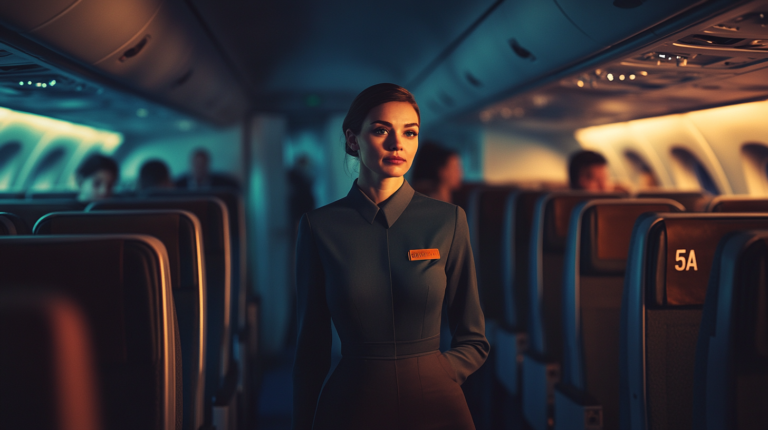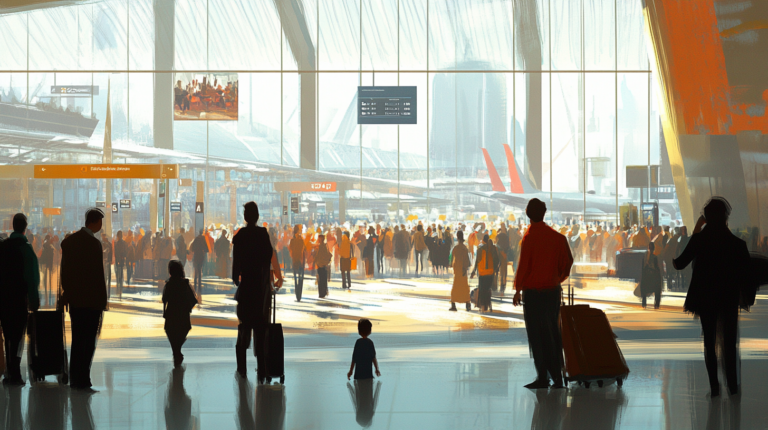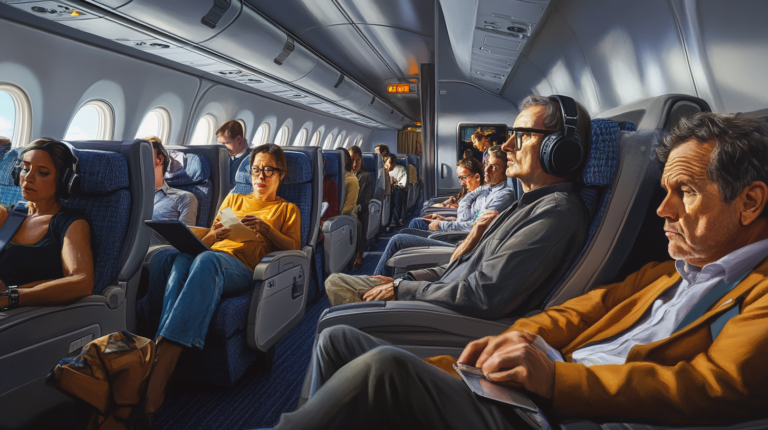Understanding Exit Row Seats: Benefits, Responsibilities, and Considerations

In the ever-evolving world of air travel, passengers are continually seeking ways to enhance their comfort without incurring the high costs of premium classes. As airlines strive to maximize passenger capacity, the economy cabin can often feel cramped, leaving travelers yearning for a little extra space. For savvy flyers, one option that stands out is the exit row seat. These seats offer unique advantages, such as increased legroom and expedited boarding, but they also come with specific responsibilities that passengers must be prepared to accept. Understanding all aspects of exit row seating, as explored in the essential guide to exit row seat selection , can make a significant difference in your travel experience. This article delves into the intricacies of exit row seating, providing a comprehensive overview to help you decide if it’s the right choice for your next flight.
Advantages of Exit Row Seats
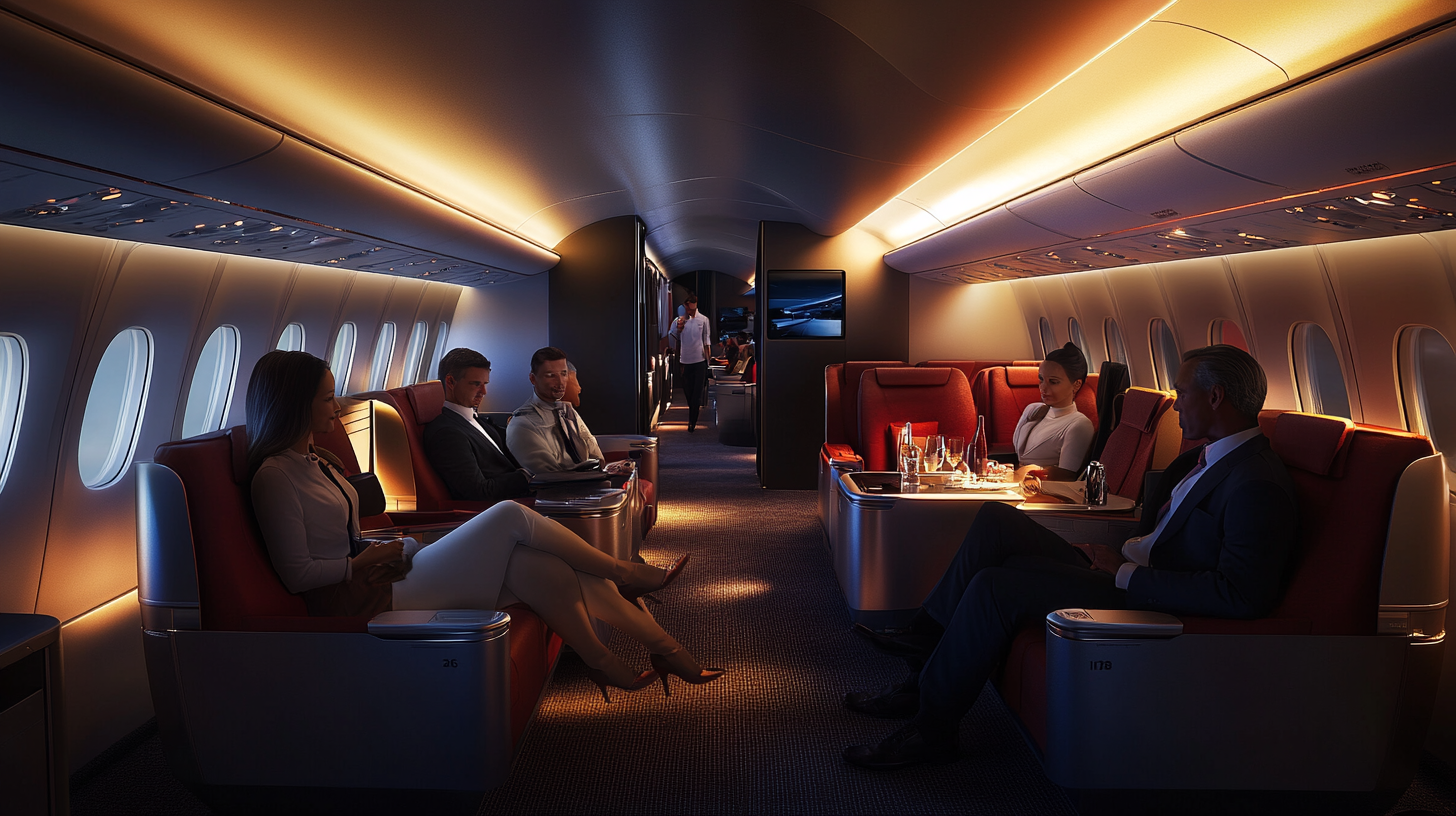
Extra Legroom for Enhanced Comfort
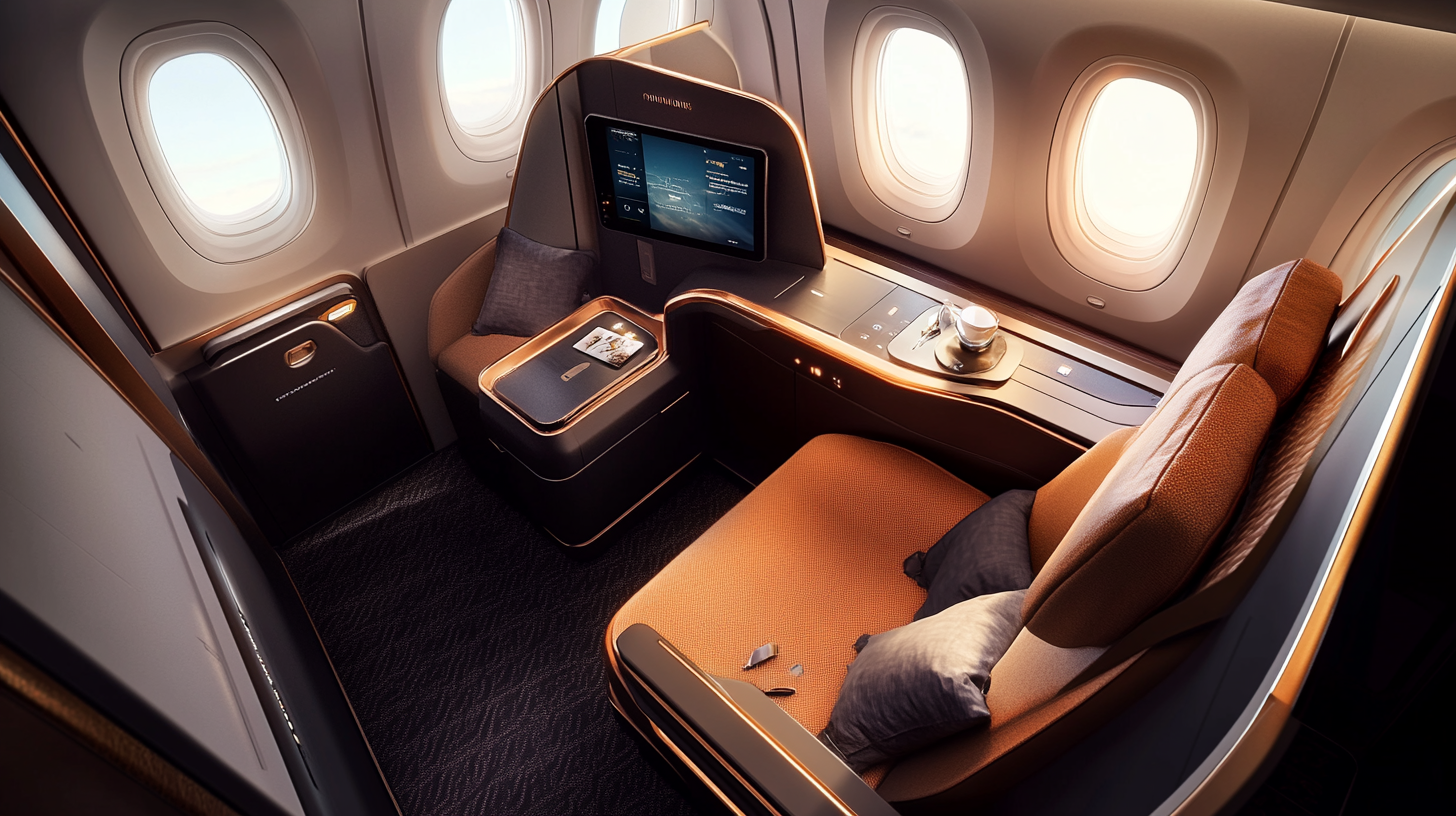
One of the most significant benefits of exit row seats is the substantial additional legroom they offer. In an era where airlines are reducing seat size and pitch in economy class to accommodate more passengers, finding comfort can be increasingly challenging, especially on longer flights. Exit row seats typically provide a seat pitch of around 36 inches, compared to the standard 30-32 inches in regular economy seats. This extra space can make a world of difference, transforming a potentially cramped journey into a more relaxed experience. For taller passengers who often struggle with limited legroom, the exit row can be a welcome relief. Even for those who simply appreciate the ability to stretch out, particularly during flights exceeding 2.5 hours, the additional space can significantly enhance in-flight comfort. As highlighted in how exit row seating improves long-haul flight comfort , the benefits of extra legroom extend beyond mere luxury—they can contribute to better circulation and reduced fatigue during travel.
Quick Exit Access

Located adjacent to the emergency exits, these seats not only serve a critical safety function but also offer the practical advantage of expedited disembarkation. For passengers eager to deplane swiftly—perhaps due to tight connecting flights or a desire to beat the rush at customs—being among the first to exit the aircraft can be invaluable. Imagine arriving at your destination and bypassing the usual wait as dozens of passengers ahead slowly disembark; exit row seating can save you precious minutes. While this advantage may seem minor, it can make a significant difference in your overall travel itinerary, as discussed in strategies for efficient airport navigation .
Additional Perks
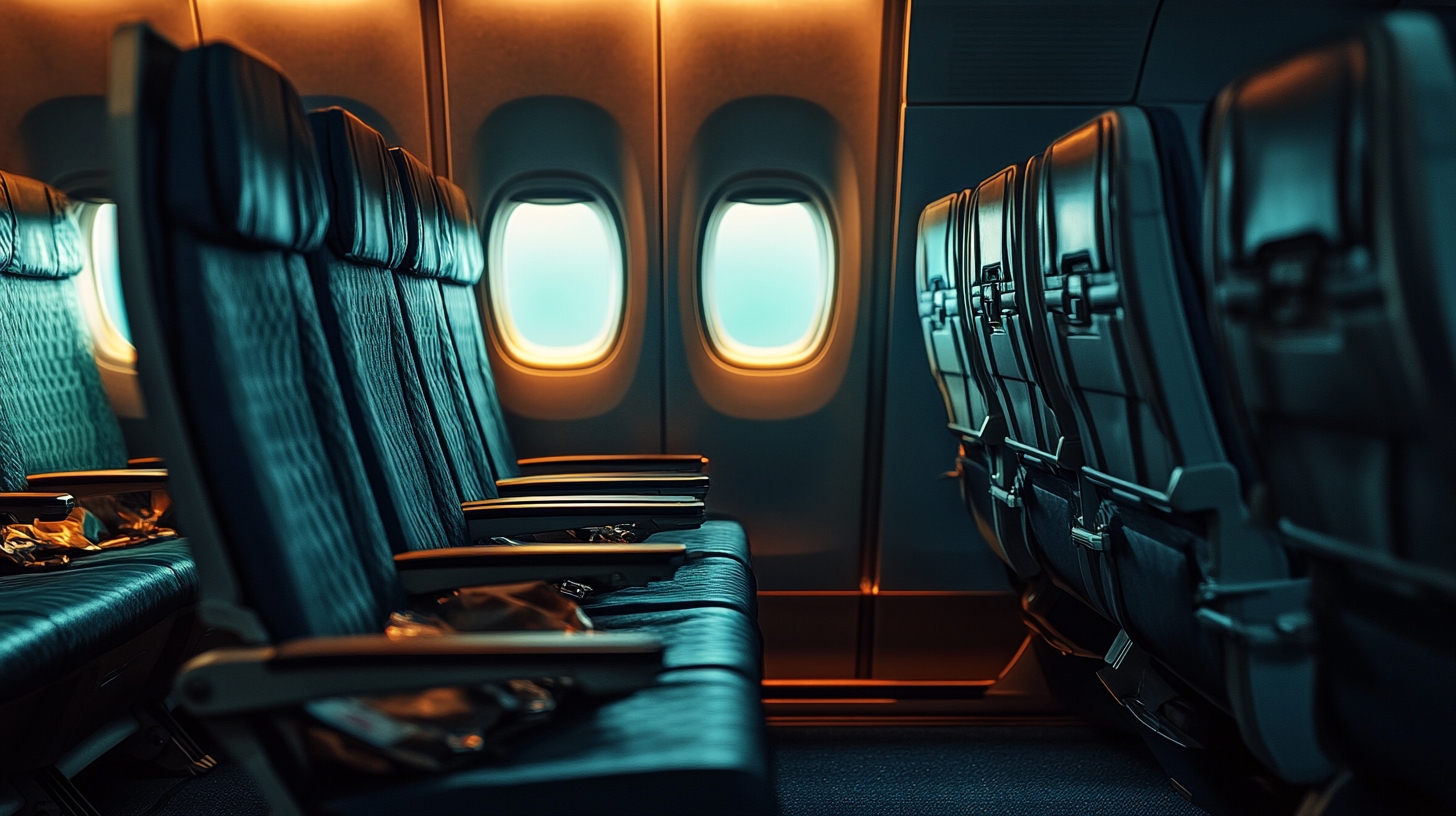
Beyond legroom and quick exits, exit row seats often come with other conveniences:
- Fewer Nearby Children: Due to safety regulations, children under 15 years old are not permitted to occupy exit row seats. As a result, the surrounding area is often less populated with young children, leading to a quieter and more peaceful environment. This can be especially appealing for business travelers or passengers seeking rest, as it reduces the likelihood of disturbances from young passengers, as noted in tips for a peaceful flight experience .
- Priority Boarding: Some airlines offer earlier boarding for passengers seated in exit rows, recognizing their role in ensuring onboard safety. Early boarding means you can settle into your seat without the usual congestion and have ample overhead bin space for your carry-on luggage. This convenience streamlines the boarding process and can reduce stress, particularly when traveling with important items or tight schedules.
- Privacy: With fewer passengers moving around in the exit row area—since these seats are often set apart due to their specific layout—you may experience a greater sense of personal space. The reduced foot traffic and strategic placement can create a more secluded atmosphere, enhancing your overall comfort during the flight.
Responsibilities and Regulations
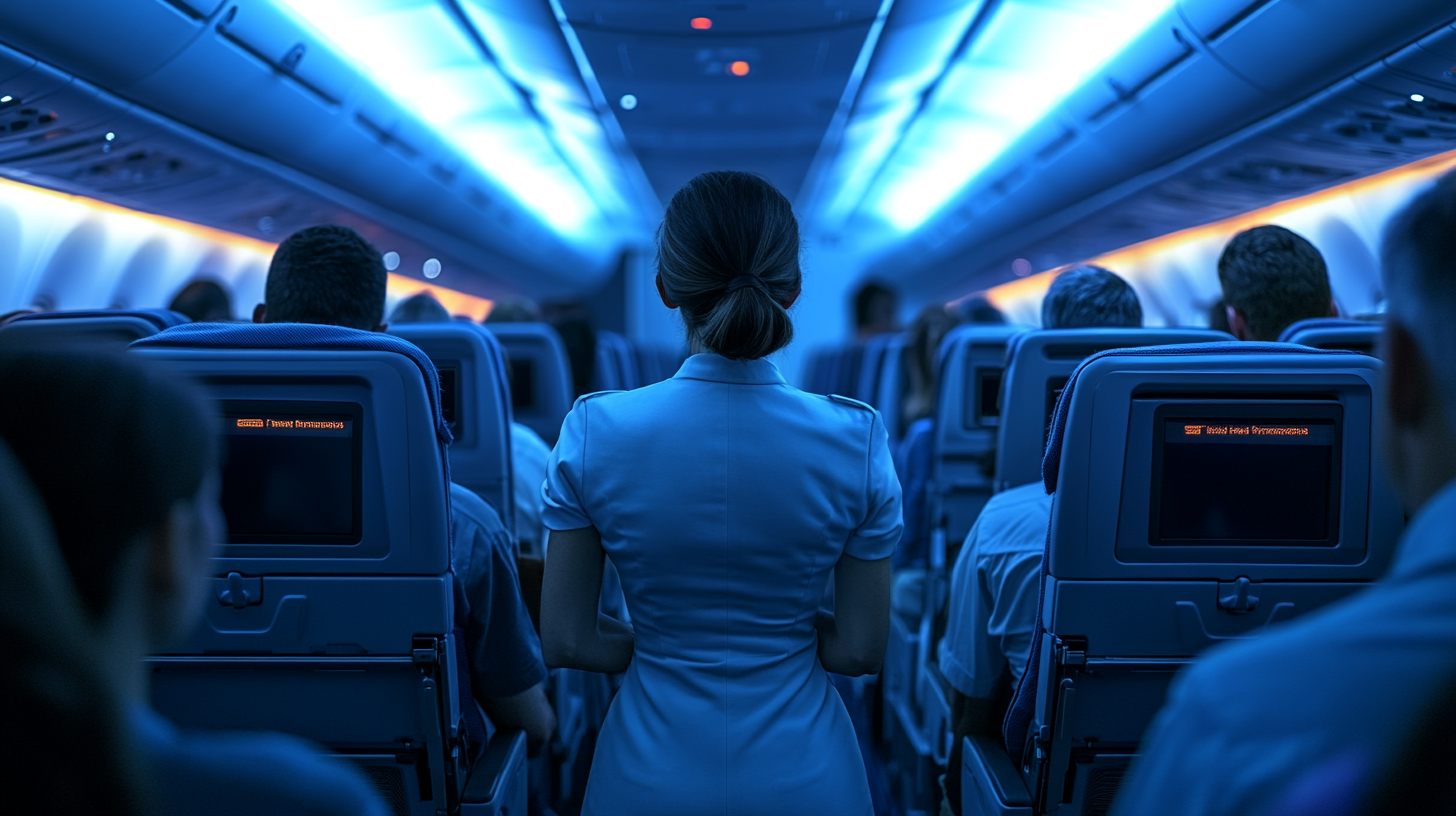
Physical Requirements and Safety Duties
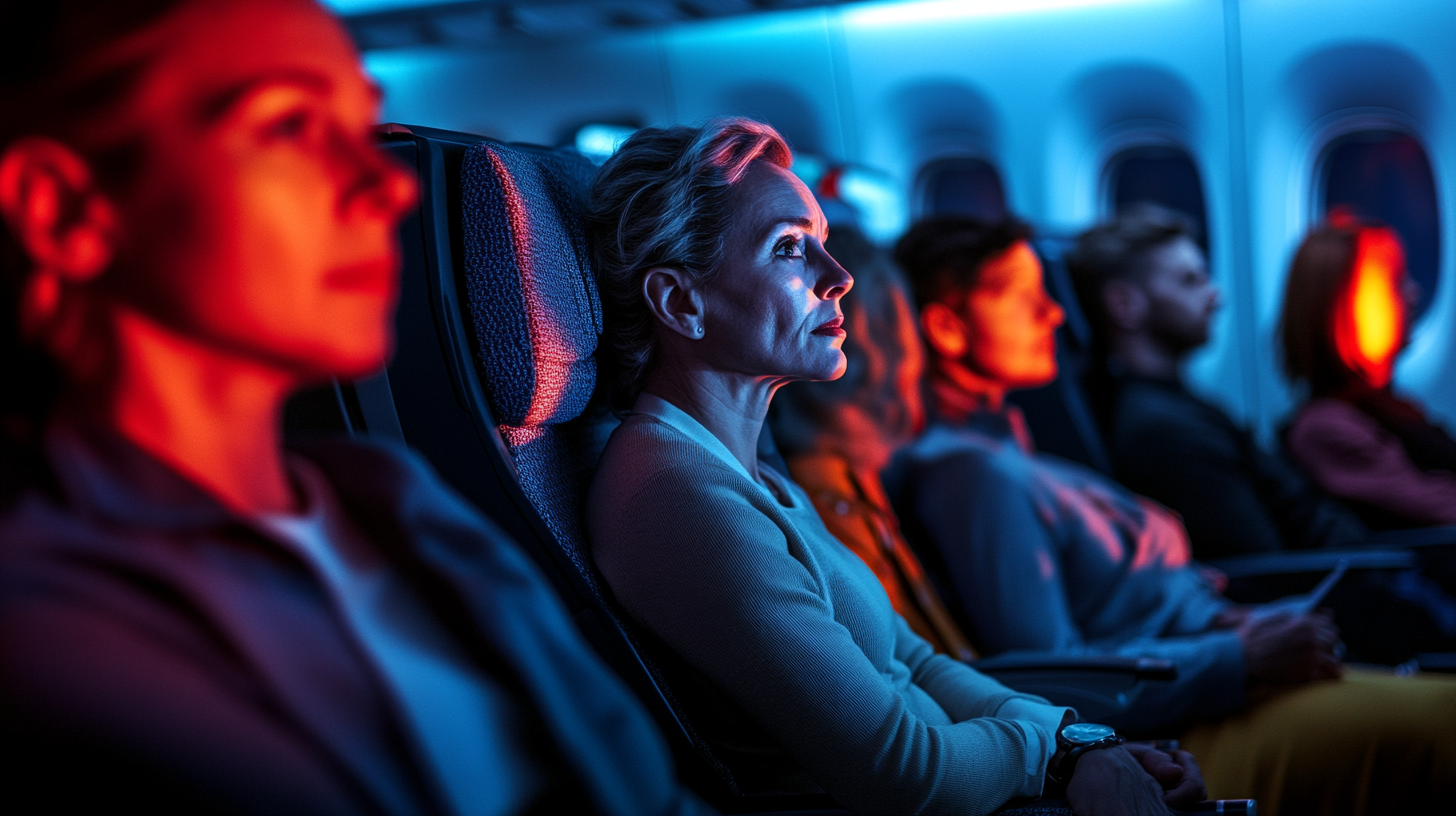
Sitting in an exit row comes with critical responsibilities that cannot be taken lightly. Passengers in these seats must be both physically and mentally capable of assisting in an emergency evacuation. This responsibility involves several specific tasks:
- Operating the Emergency Exit: The exit door is significantly heavier than standard cabin doors and may require considerable strength to open. Passengers must be able to lift and maneuver the door swiftly.
- Understanding and Communicating Instructions: It’s essential to thoroughly comprehend the safety instructions provided by the flight crew and to be able to communicate effectively with other passengers during an emergency.
- Providing Assistance Without Aid: In the event that flight attendants are incapacitated or otherwise unable to assist, exit row passengers may need to take charge in leading the evacuation procedures.
The Federal Aviation Administration (FAA) mandates these requirements under FAA regulations on exit row seating , emphasizing that passengers in these seats play a vital role in ensuring the safety of all onboard. Airlines are obliged to enforce these rules strictly to comply with safety standards and regulations.
Age and Language Proficiency
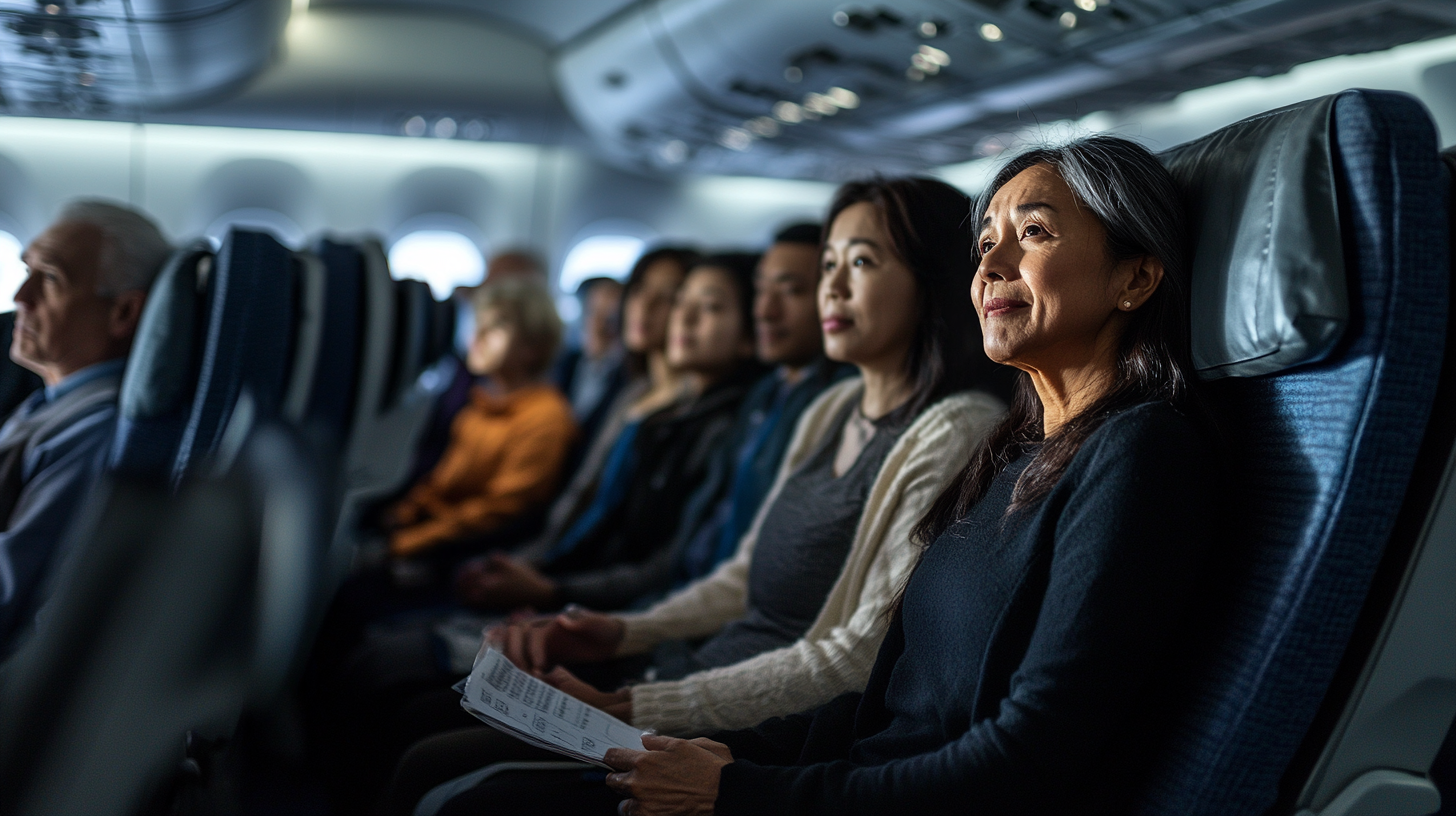
Regulatory requirements specify that occupants of exit row seats must meet certain age and language criteria to ensure effectiveness during emergencies:
- Minimum Age Requirement: Passengers must be at least 15 years old. This age threshold is set because it is presumed that individuals at this age possess the necessary physical strength, maturity, and judgment to perform emergency duties.
- Language Proficiency: Passengers must be able to read, speak, and understand the language used by the airline for safety instructions without assistance. This fluency is crucial for understanding written and verbal commands, safety briefings, and for effectively communicating with crew and other passengers during an emergency.
These criteria are in place to ensure that all exit row occupants can perform required tasks efficiently and contribute to a safe and orderly evacuation if necessary. For more information, refer to airline policies on exit row seating qualifications .
Enforcement by Flight Attendants
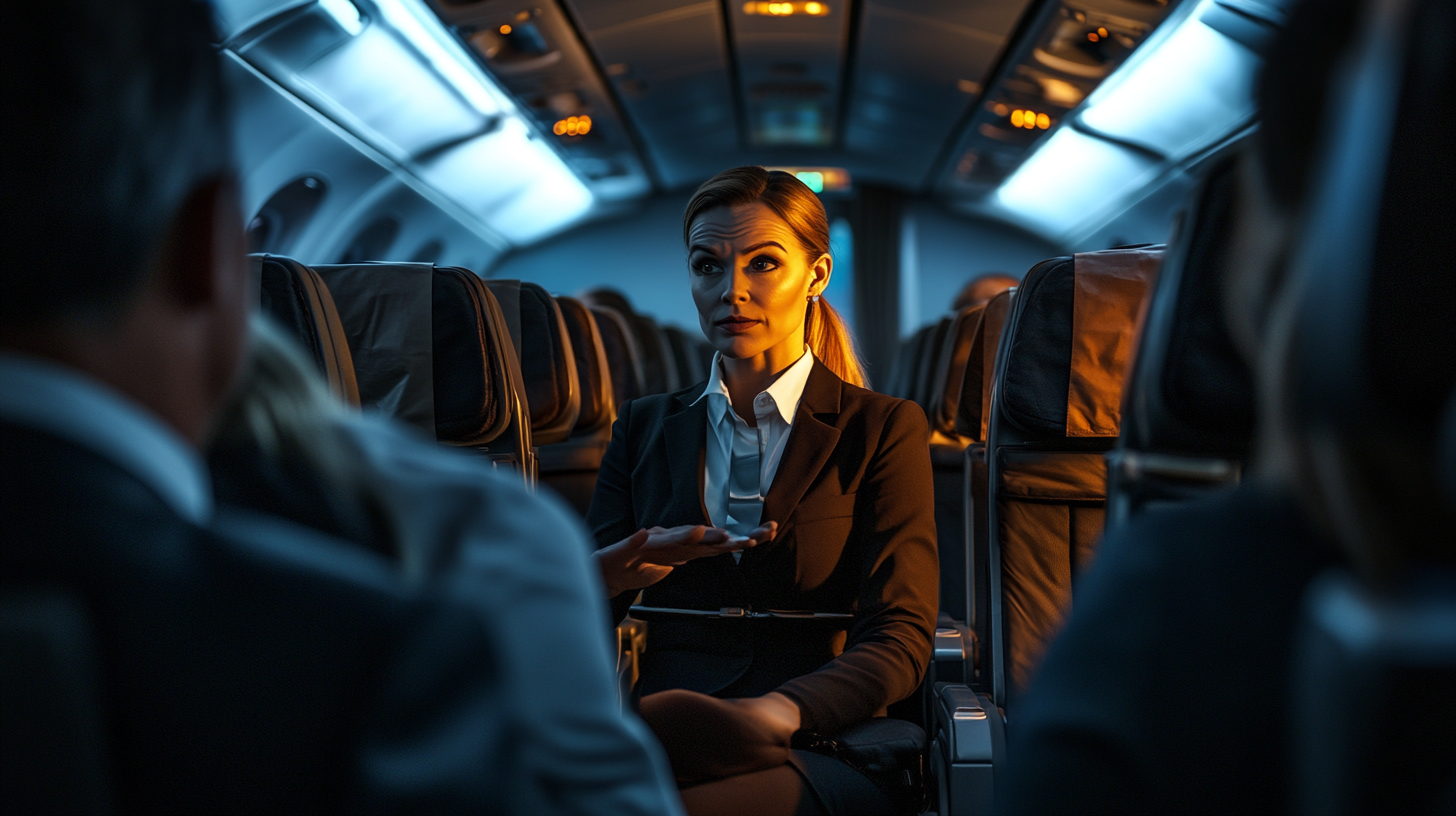
Flight attendants play a crucial role in enforcing the regulations associated with exit row seating. Prior to takeoff, they are tasked with confirming that all passengers seated in exit rows meet the necessary criteria. This may involve:
- Asking Qualifying Questions: Flight attendants may discreetly inquire about passengers’ willingness and ability to perform the required duties. Questions may include whether the passenger feels comfortable assisting in an emergency or if they have any conditions that might impede their effectiveness.
- Providing Specific Instructions: They will often provide a verbal briefing about the responsibilities, ensuring that passengers are aware of what is expected of them.
- Reassigning Seats if Necessary: If a passenger does not meet the criteria or expresses reluctance to perform the duties, flight attendants have the authority to reassign them to another seat. This action is taken to maintain compliance with safety regulations and to ensure the safety of all passengers and crew.
This enforcement process is a critical component of flight safety protocols, as emphasized in the importance of crew procedures in passenger safety . It ensures that exit rows are occupied by capable and willing individuals who can act effectively in an emergency situation.
Potential Drawbacks of Exit Row Seats

Limited Seat Recline
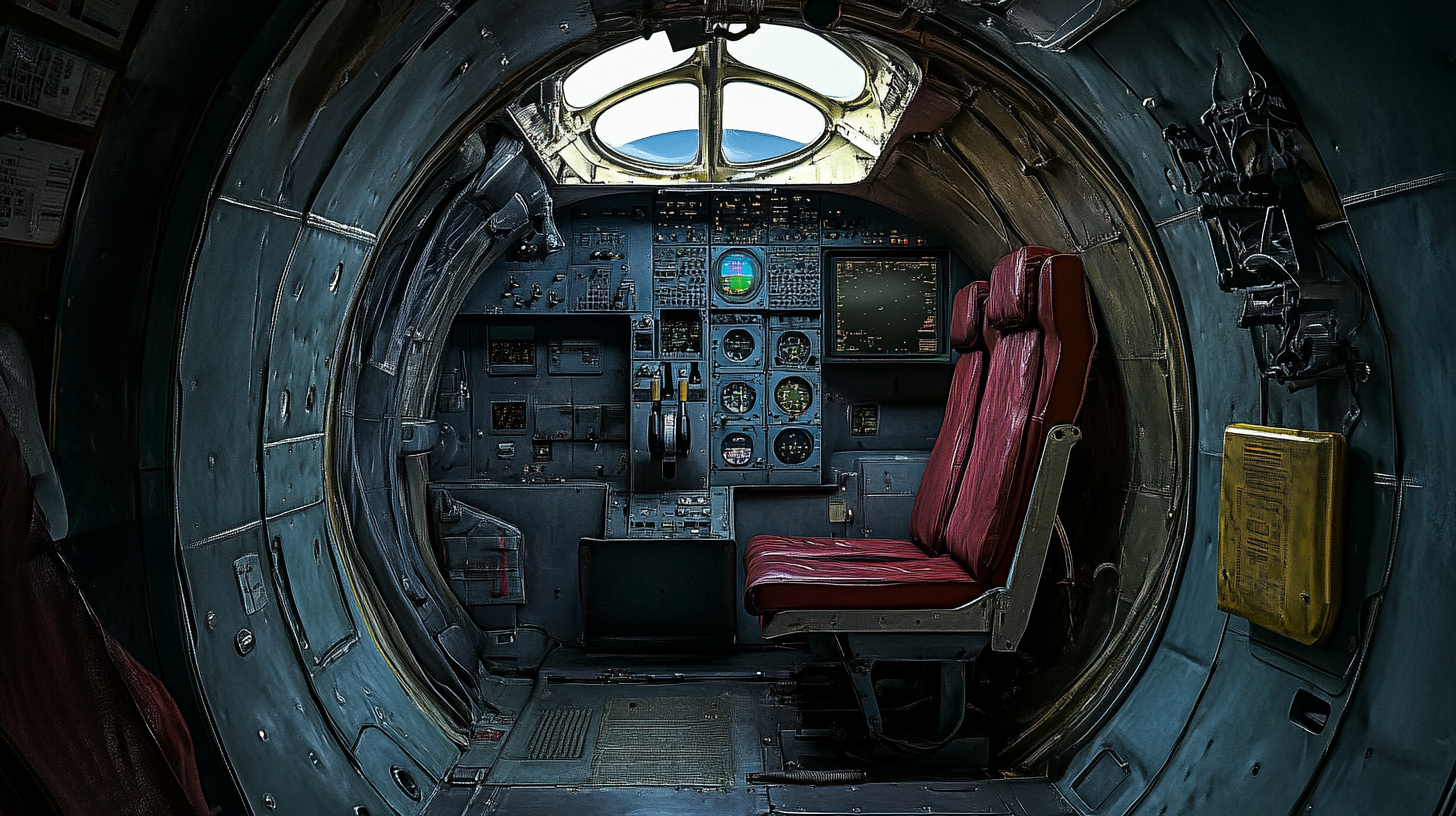
While the extra legroom in exit row seats is a significant advantage, it’s important to be aware that not all exit row seats offer the ability to recline. This limitation is particularly common in the first of two consecutive exit rows. The rationale behind this design is to prevent a reclined seat from obstructing the evacuation route for passengers seated behind, in compliance with safety regulations.
For passengers who greatly value the ability to recline—especially on longer flights where rest is a priority—the fixed upright position can be less than ideal. The inability to adjust the seat might lead to discomfort or difficulty sleeping. It’s advisable to consider the specific aircraft layout before selecting an exit row seat, perhaps by consulting aircraft seat maps and configurations . Being informed about the seat features ensures that you can make a choice that aligns with your comfort preferences.
Restrictions on Personal Items
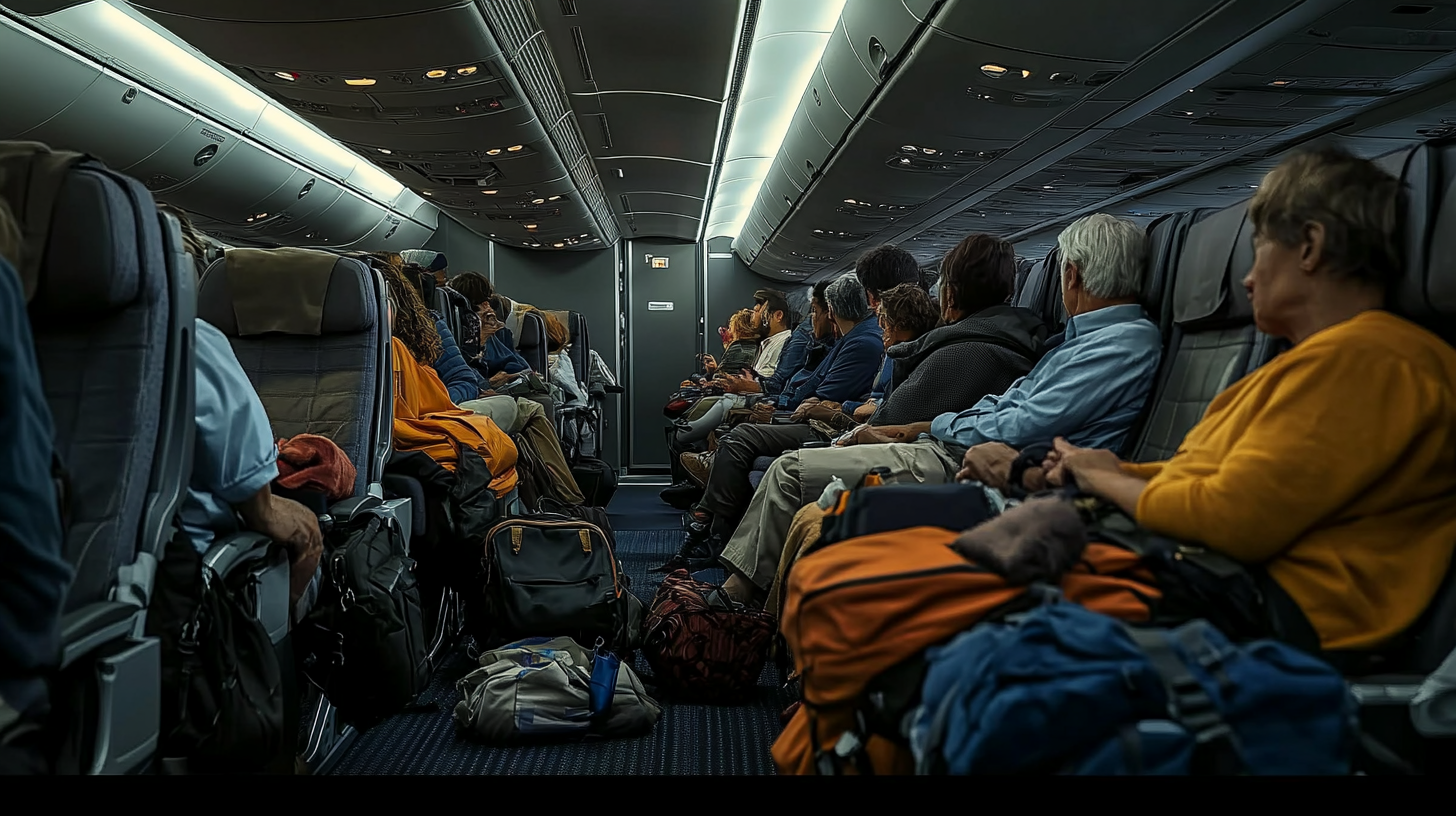
Another consideration when selecting an exit row seat is the restriction on stowing personal items. During takeoff and landing—which are critical phases of flight—passengers seated in exit rows are required to keep the floor area completely clear. This means you cannot store personal belongings under the seat in front of you, as this space must remain unobstructed to ensure a swift evacuation path if needed.
All carry-on items must be placed in the overhead compartments. While this policy is essential for safety, it can be inconvenient if you prefer to have easy access to personal items such as books, electronic devices, or medications. To mitigate this inconvenience, it is advisable to organize your necessary belongings before boarding and to remember that access to overhead bins may be limited once seated. Some passengers find keeping a small pouch or pocketed garment helpful for keeping essential items within reach. For more strategies, see tips for managing carry-on items in flight .
Potential Cold and Noise
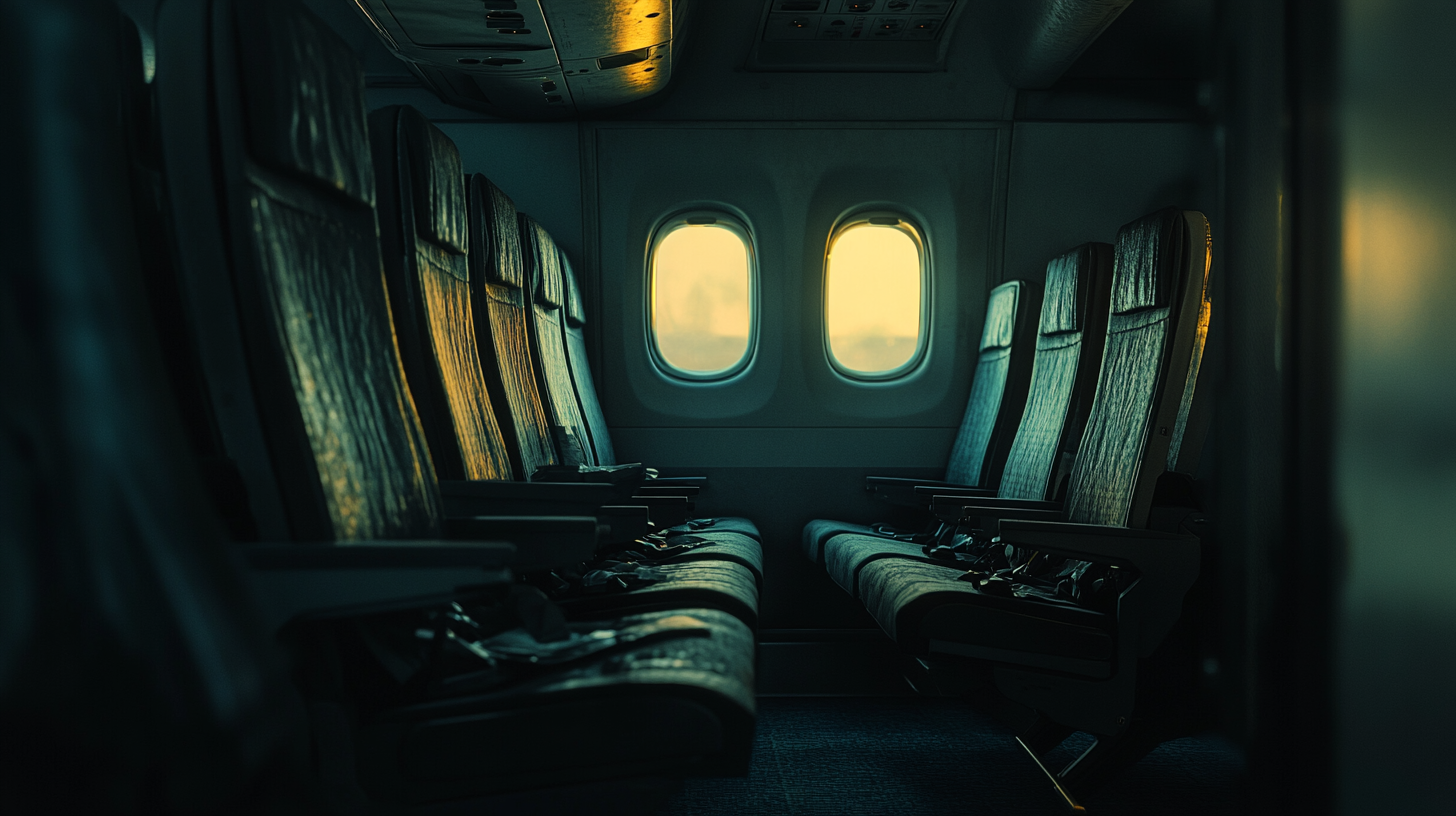
Occupying a seat adjacent to the aircraft’s exit door can sometimes result in exposure to cooler temperatures. The exit doors may have less insulation compared to other sections of the cabin, leading to drafts or lower temperatures in the immediate area. Passengers who are sensitive to cold may find this uncomfortable, especially on longer flights or in winter months. It’s advisable to bring an extra layer of clothing, such as a sweater or jacket, to ensure comfort.
Furthermore, depending on the aircraft’s configuration, exit row seats may be located near the wings and engines. This proximity can lead to increased noise levels from the engines, which might be noticeable throughout the flight. For those who are sensitive to noise or prefer a quieter environment, this could detract from the in-flight experience. Wearing noise-canceling headphones or earplugs can help mitigate this issue. For additional insights, refer to managing in-flight temperature and noise discomfort .
Proximity to Lavatories
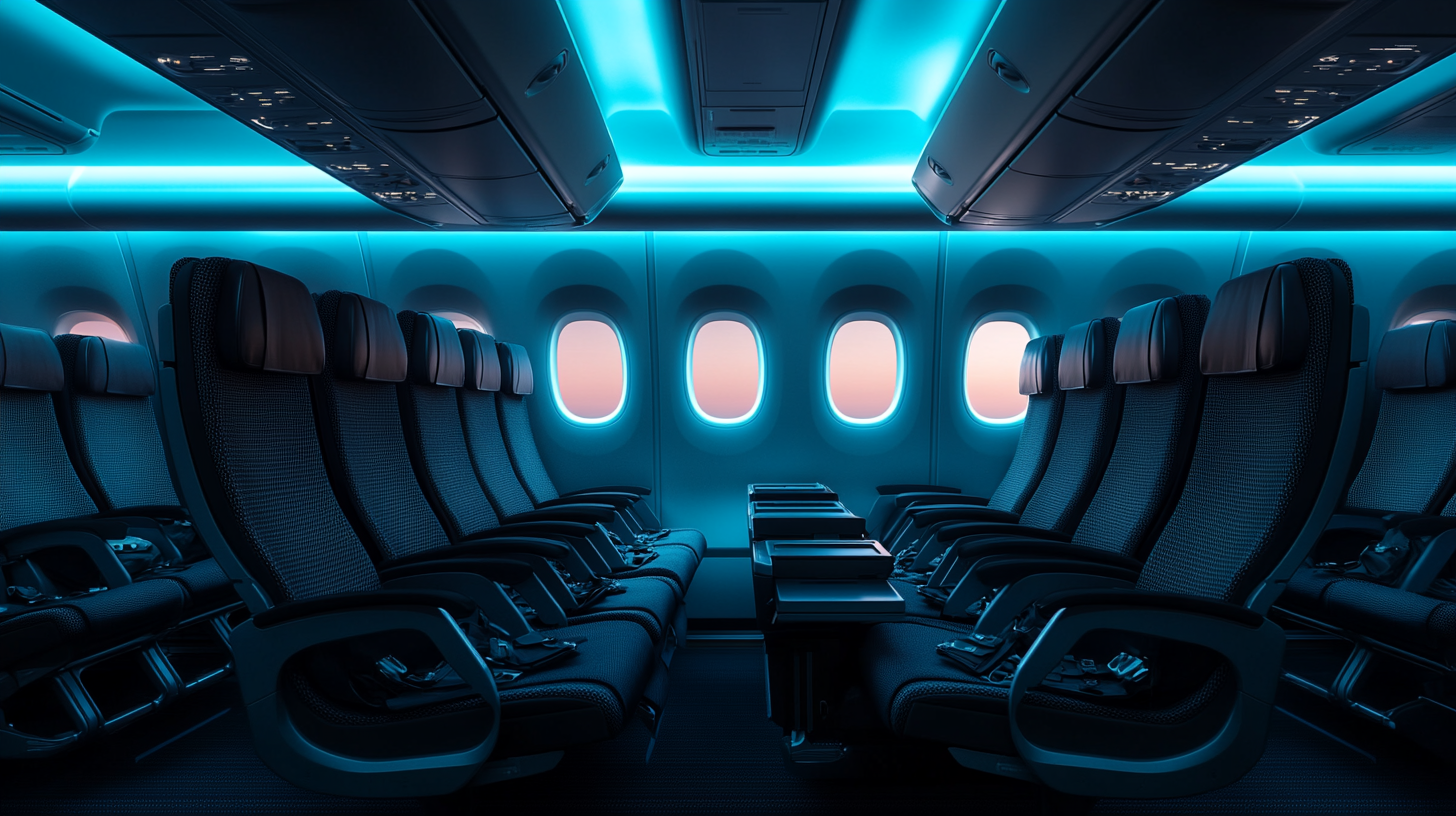
Passengers considering exit row seats should also be mindful of their potential proximity to lavatories. On some aircraft, exit rows are situated near these facilities, which can result in increased foot traffic as passengers queue for the restroom. This higher level of activity can lead to disturbances from people standing nearby, conversations, and the frequent opening and closing of doors.
Additionally, the lavatories themselves can generate noise and sometimes unpleasant odors, which might diminish the comfort of the flight. For those seeking a quieter or more relaxing environment, this proximity could be a significant drawback. Reviewing the aircraft’s seating chart before selecting your seat can help avoid these issues. Tools such as seat selection guides and reviews offer detailed information on seat locations and associated pros and cons.
Airline-Specific Features

Delta Airlines: Exit Row vs. Comfort Plus
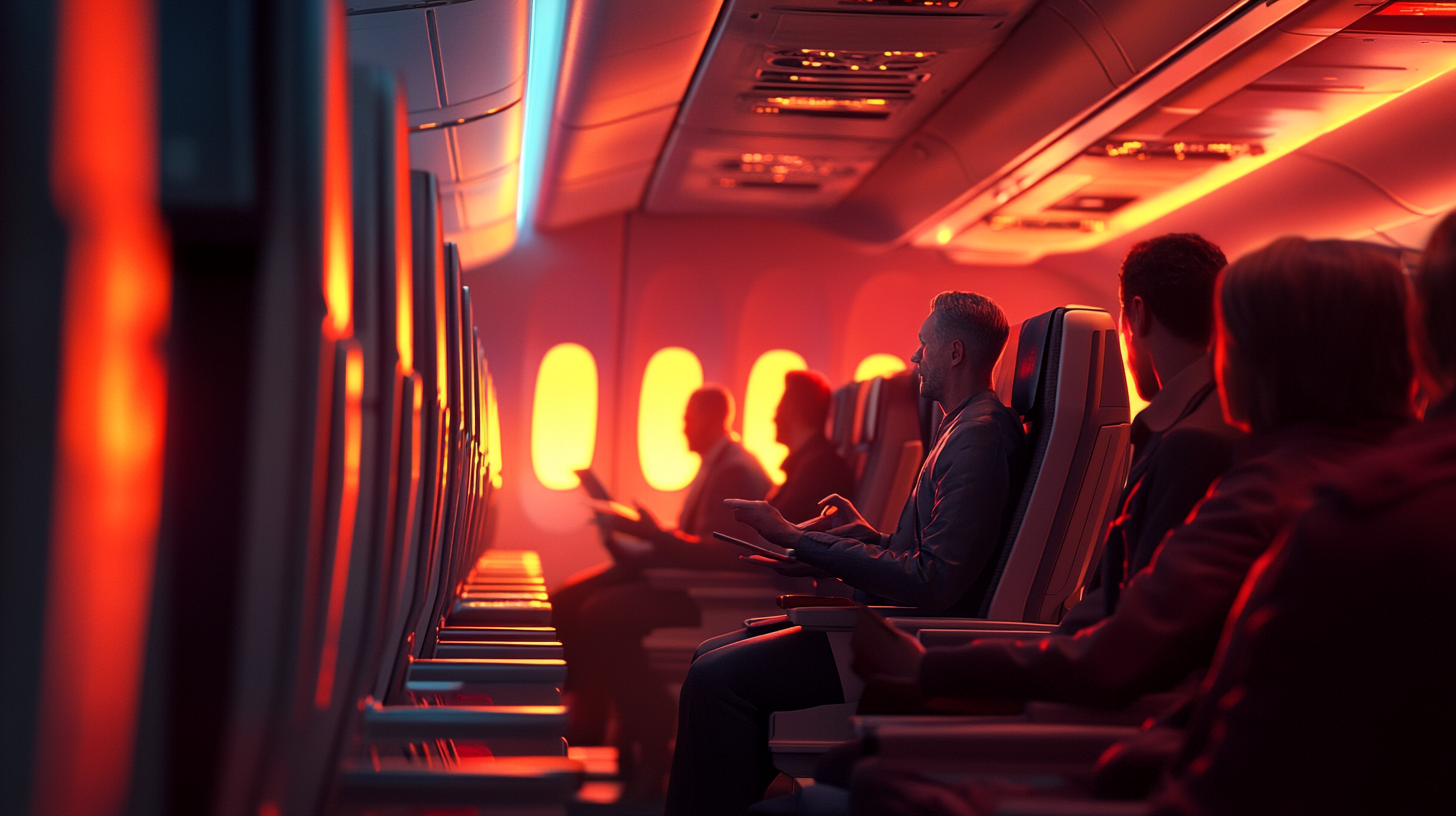
On Delta flights, passengers are presented with several seating options beyond standard economy, including Exit Row and Comfort Plus seating. Each category offers unique benefits tailored to different passenger preferences:
- Comfort Plus: Comfort Plus seats provide up to 3 inches of extra legroom compared to standard economy seats. In addition to the increased space, passengers enjoy dedicated overhead bin space, ensuring that carry-on luggage is easily stowed. The seats in this section also recline, enhancing comfort for rest or sleep. Additional perks include priority boarding and complimentary premium snacks and beverages on select flights. However, there is typically an upcharge for these seats, unless you hold status as a Delta Medallion member, in which case these seats may be offered complimentary or at a discounted rate.
- Exit Row Seats: Exit row seats on Delta flights offer significantly more legroom, often exceeding the extra space provided in Comfort Plus. This makes them particularly attractive for taller passengers or those who prioritize room to stretch out. However, these seats may not recline, and they are often slightly narrower due to the placement of tray tables in the armrests. Passengers in exit rows also lack personal storage under the seat in front, adhering to safety regulations. These seats may come with an additional fee, though they can sometimes be selected without extra cost during check-in or by those with elite status, depending on availability.
The ideal choice between Comfort Plus and Exit Row seating depends on various factors, including flight duration, time of day, and personal comfort preferences. For example, on longer or overnight flights, the reclining feature and additional amenities of Comfort Plus might be more valuable, enhancing the ability to rest. Conversely, for daytime flights or for those who prioritize maximum legroom above all else, the Exit Row may be the better option. Consulting comparing airline seating options for comfort and value can provide further guidance in making the best choice for your needs.
Costs and Booking Considerations
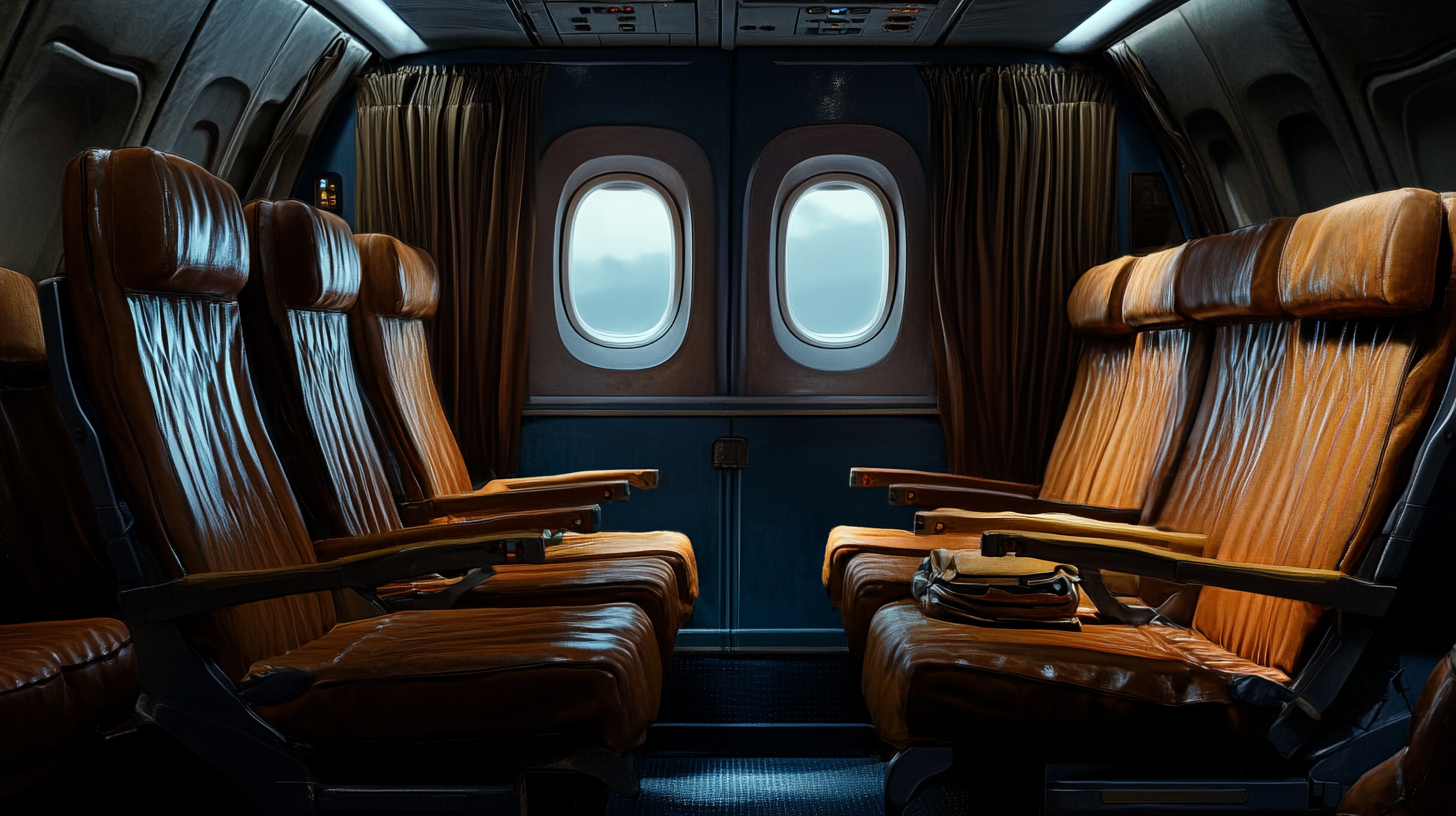
When considering exit row seating, it’s important to be aware of the potential additional costs and booking nuances:
- Additional Charges: Airlines often categorize exit row seats as “preferred” or “premium” seating due to the extra legroom, and as such, they may come with an additional charge. This fee can vary widely depending on the airline, flight duration, and demand, typically ranging from $20 to $100 or more per seat.
- Elite Status Benefits: Passengers who hold elite status with an airline’s frequent flyer program, or those who carry certain co-branded credit cards, may have complimentary or discounted access to exit row seating. This benefit can make upgrading your seat more accessible and cost-effective.
- Booking Process: When selecting an exit row seat during booking or check-in, passengers will often be required to confirm that they meet all safety criteria and are willing to assume the associated responsibilities. This may involve acknowledging terms and conditions or responding to prompts.
- Airline Policies: Each airline has specific policies regarding exit row seating assignments. Some airlines may only allow exit row seats to be selected at the airport during check-in to ensure that gate agents can assess passenger eligibility. Others permit selection during online booking with prior confirmation of qualifications.
- Reassignment Rights: Airlines reserve the right to reassign exit row seats if a passenger does not meet the necessary criteria or if operational considerations require it. This means that even after selecting an exit row seat, there is a possibility of being moved to a different seat before or during the flight.
It’s advisable to review the specific airline’s policies and consider factors such as cost, benefits, and booking procedures before making a decision. Resources like maximizing value when selecting airline seats can offer strategies to make the most informed choice.
Is an Exit Row Seat Right for You?
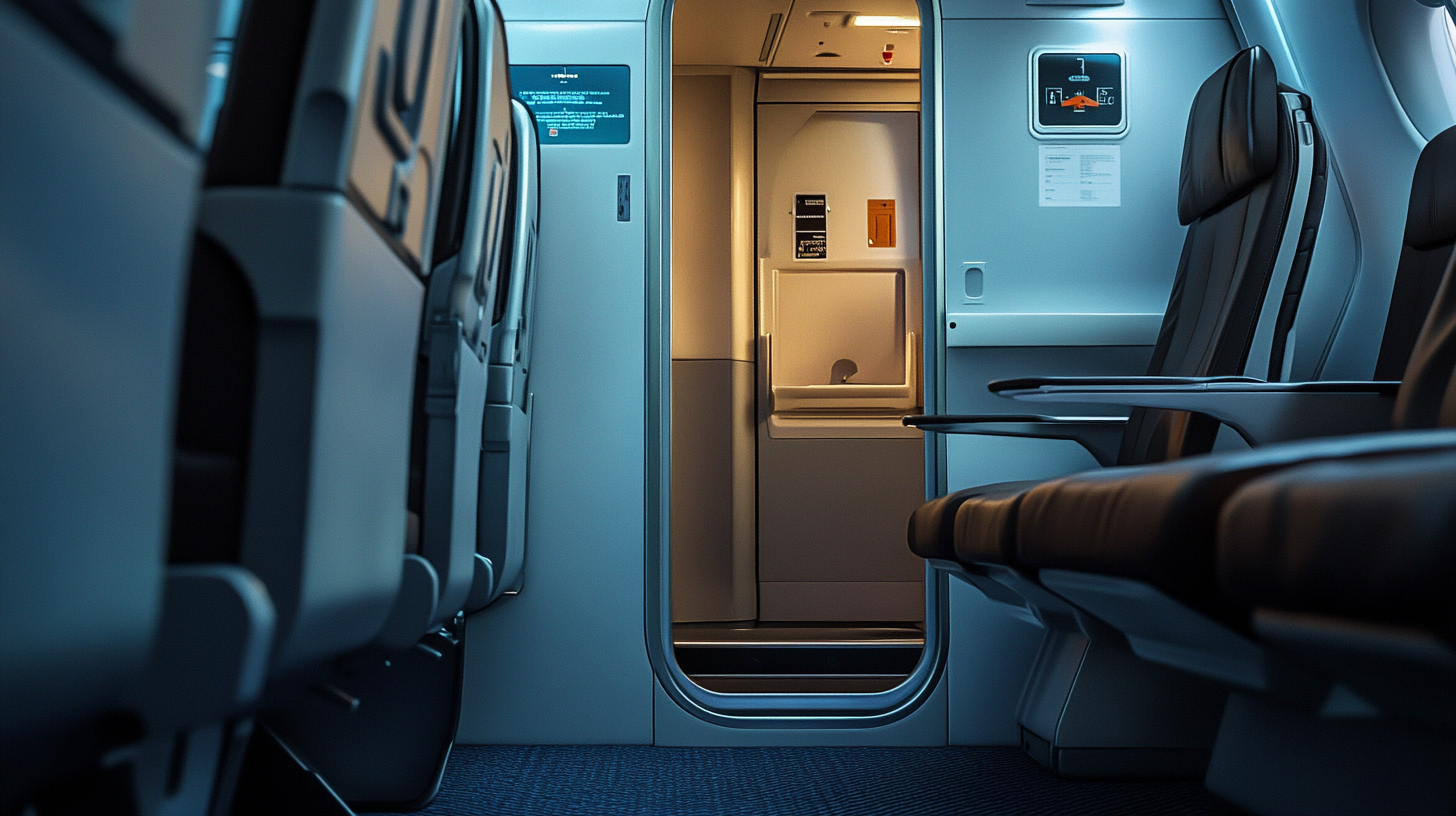
Weighing the Pros and Cons
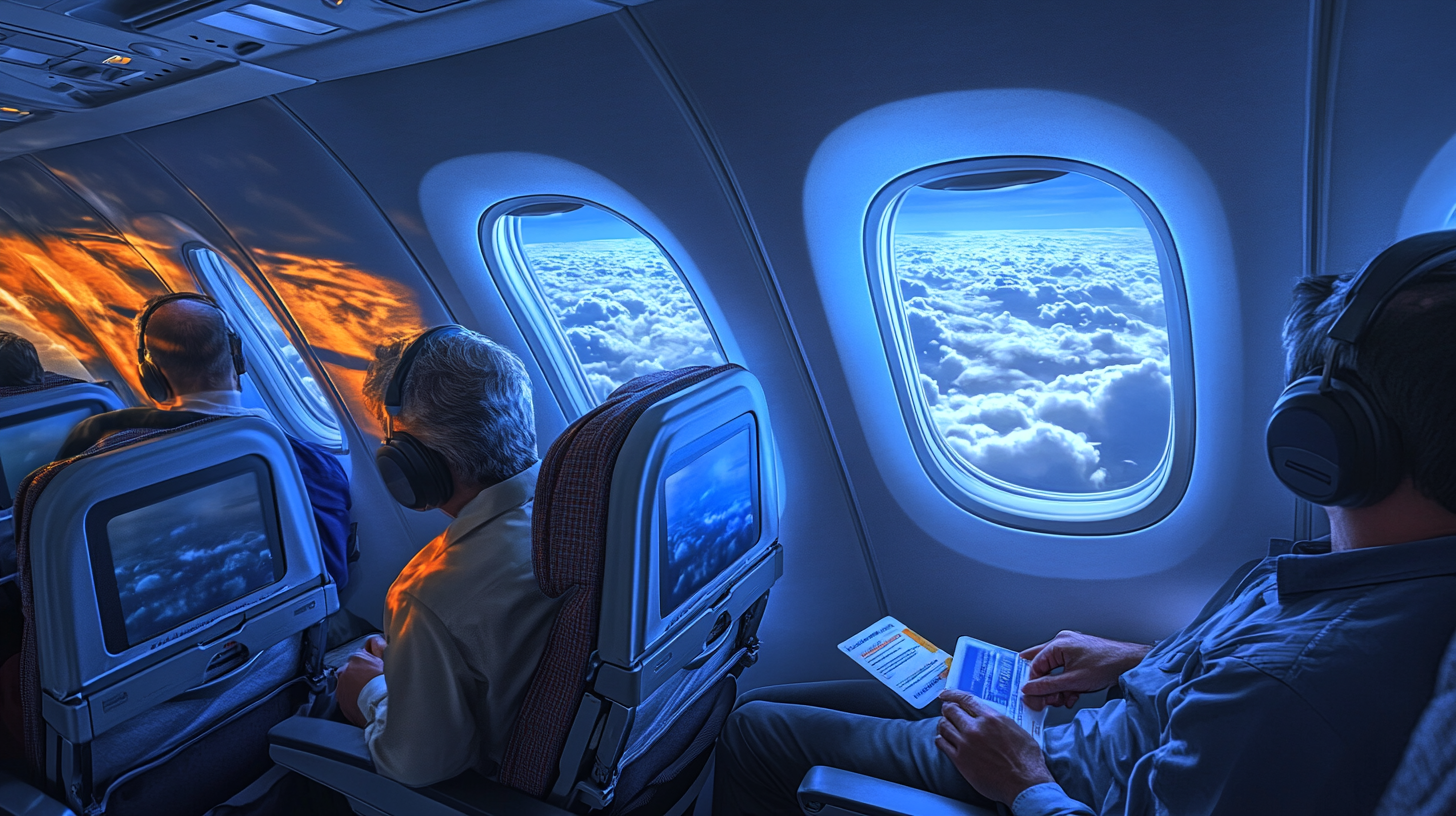
Deciding whether an exit row seat is right for you involves a thoughtful evaluation of both advantages and potential drawbacks. Balancing your personal needs with the unique characteristics of exit row seating can help determine if it’s the optimal choice for your travel experience. Consider the following factors:
- Comfort Needs: If you are someone who values legroom and needs extra space to feel comfortable—perhaps due to height, personal space preferences, or medical reasons—the additional legroom can significantly enhance your in-flight comfort. This is particularly true on longer flights where mobility is limited.
- Willingness to Assume Responsibilities: Reflect on your readiness to take on the responsibilities that come with exit row seating. Are you physically able and willing to assist in an emergency situation? Do you feel comfortable with the potential duties required? Your honest assessment is crucial for both your safety and that of fellow passengers.
- Sensitivity to Seat Features: Consider how important certain seat features are to your comfort. For instance, if the ability to recline is essential for rest or sleep, the limited recline in some exit row seats may be a significant drawback. Similarly, if you are sensitive to cold temperatures or noise, proximity to the exit door or engines could impact your experience.
- Cost Considerations: Evaluate whether paying an additional fee for an exit row seat fits within your budget. Analyze the cost-benefit ratio—does the value of extra legroom and other perks justify the expense? Comparing this option to other available seating upgrades, such as premium economy or Comfort Plus, may also be beneficial.
- Flight Details: The specifics of your flight, such as duration, time of day, and aircraft type, can influence the suitability of an exit row seat. On a short flight, the extra legroom may not be as impactful, whereas on a long-haul journey, it could greatly enhance comfort.
- Personal Preferences and Travel Goals: Your overall travel priorities play a role. If your primary goal is to arrive well-rested for an important meeting, seat features that support sleep may outweigh the benefit of extra legroom. Alternatively, if you simply wish to make your travel experience as comfortable as possible, an exit row seat may align well with your goals.
By carefully considering these aspects and perhaps consulting personalized strategies for selecting airline seats , you can make an informed decision that enhances your travel experience.
Personal Preferences and Flight Details
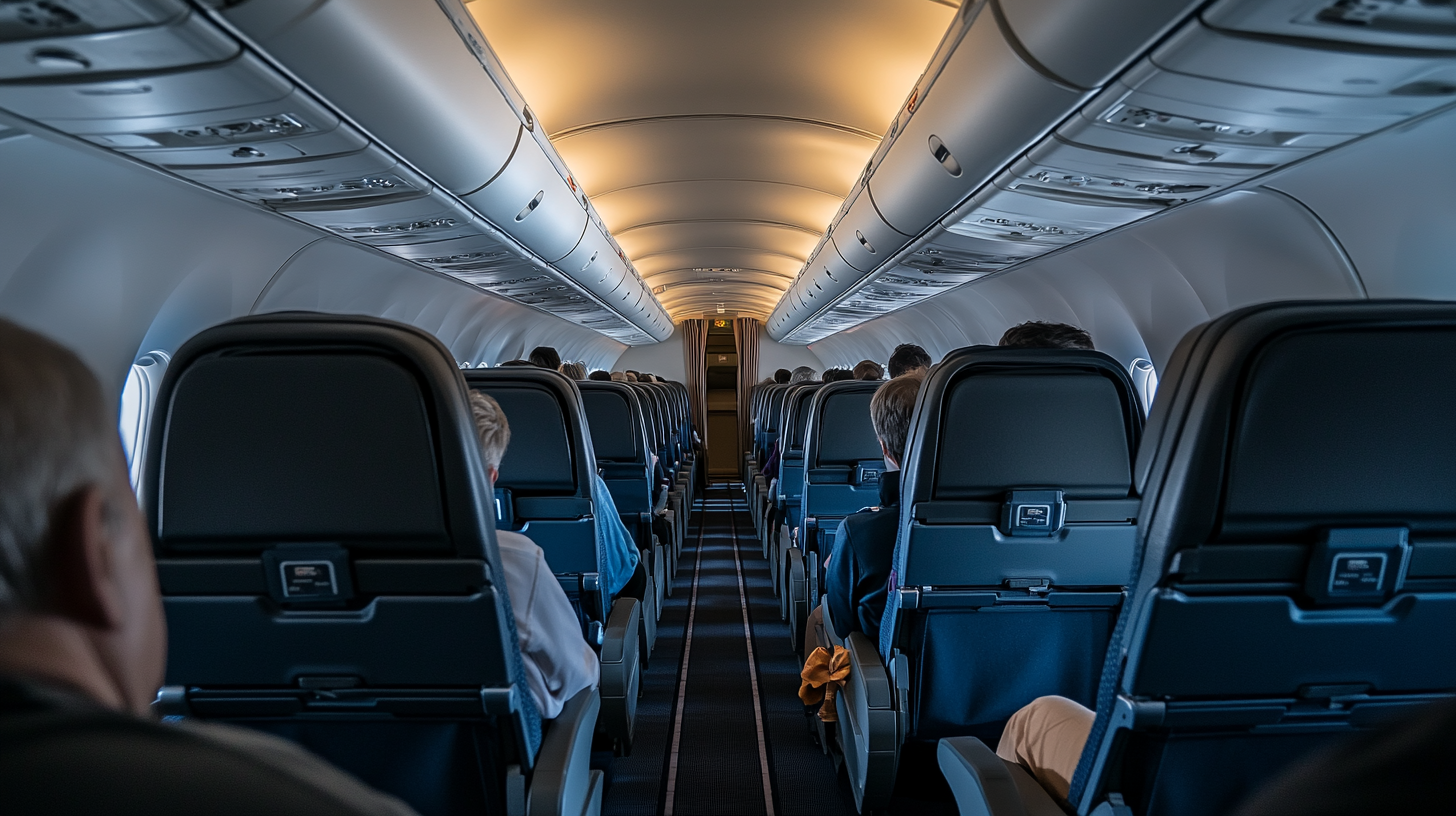
Your individual preferences, physical needs, and the specific details of your flight are essential components in choosing an exit row seat:
- Flight Duration and Timing: On shorter flights, the benefits of extra legroom may be less noticeable, and the inconveniences, such as restricted personal item storage, might outweigh the perks. Conversely, on long-haul flights, the additional space can greatly contribute to comfort and reduce fatigue.
- Time of Day: For overnight flights or red-eye schedules, sleep comfort becomes a priority. If reclining the seat is important for rest, the exit row’s limited recline functionality could be a significant consideration.
- Aircraft Type and Layout: Different aircraft have varying seat configurations. Some exit row seats may not have the same drawbacks, such as limited recline or proximity to lavatories, depending on the plane’s design. Reviewing the aircraft’s seating plan can provide insight into what to expect.
- Travel Purpose: Consider the purpose of your trip. If you’re traveling for business and need to arrive refreshed, seating that supports sleep and comfort may be more important. If you’re on vacation and value freedom of movement, extra legroom might be more appealing.
- Personal Health and Mobility: Passengers with certain medical conditions may require additional space or may not be eligible to sit in exit rows due to physical restrictions. Ensuring that your seating choice aligns with your health needs is vital.
Understanding how these factors interplay can help you decide if an exit row seat aligns with your travel objectives. For further guidance, consider exploring comprehensive considerations for airline seat selection .
Final Thoughts
Exit row seats present a compelling option for travelers seeking enhanced comfort without upgrading to premium classes. With benefits such as significant extra legroom, expedited disembarkation, and a quieter cabin area, they can greatly improve the flying experience for many passengers. However, these advantages come with responsibilities and potential drawbacks, including safety duties, limited recline, and possible additional costs.
By carefully weighing the pros and cons and reflecting on your personal needs and preferences, you can make an informed decision. Consider factors like your willingness to assist in an emergency, comfort requirements, sensitivity to seat features, and budget constraints. Utilizing resources like expert tips for optimal flight comfort can further assist in your decision-making process.
Ultimately, whether an exit row seat is the right choice depends on how these factors align with your travel priorities and comfort needs. By being informed and deliberate in your selection, you can enhance your flight experience and arrive at your destination feeling more relaxed and ready for the journey ahead.
Follow us back to Seat 5A for more insights and tips on optimizing your travel experience.
This blog post was AI-written / human assisted.

